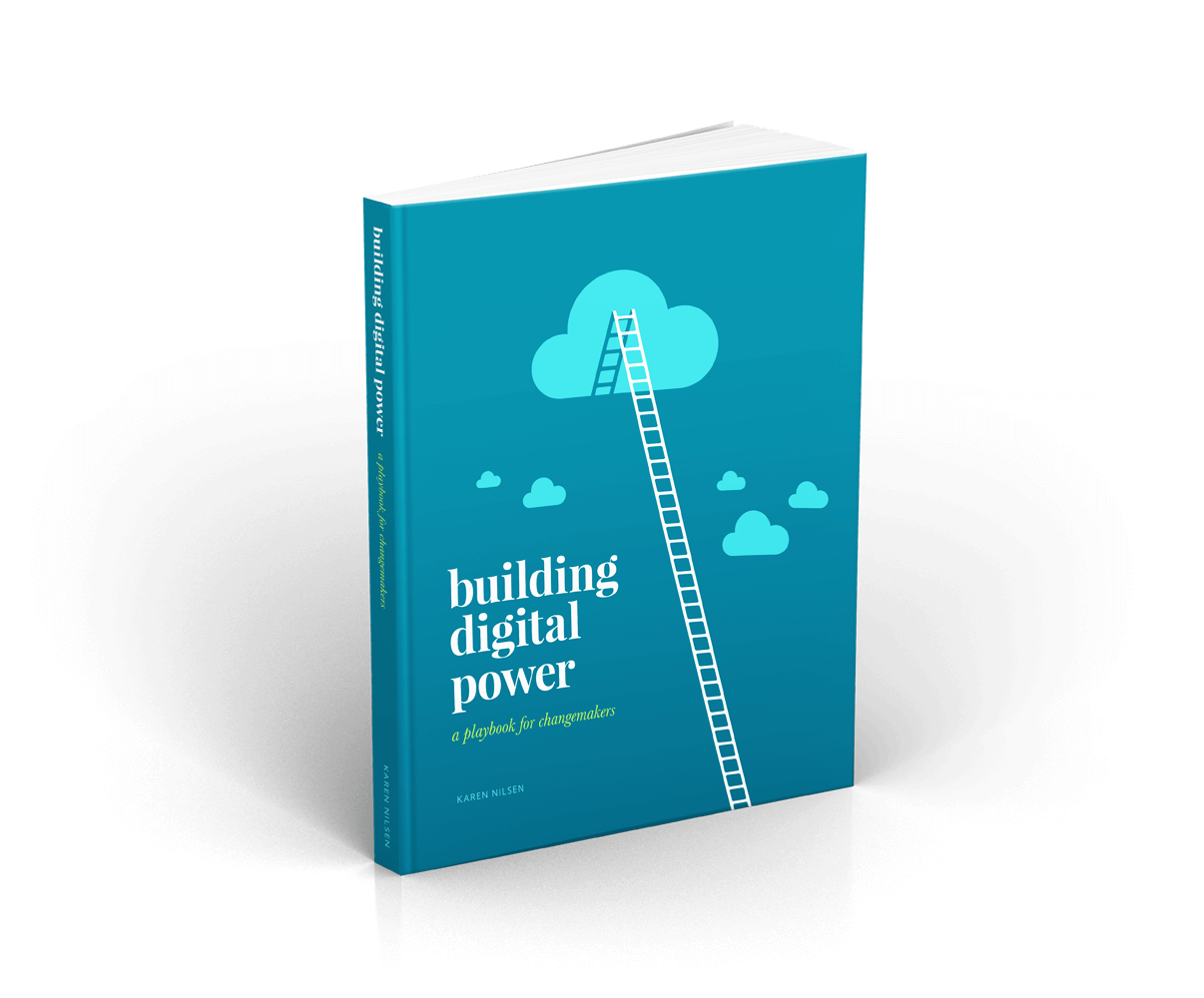Get a free digital strategy tip of the week:
Unsubscribe any time. We respect your data. View the privacy policy.
How does the past experience of people on your list influence their interest in receiving ongoing email from you? It turns out
You’ve sent your action or appeal broadcast. It went okay. But you’re not satisfied that enough supporters noticed it or recognized its urgency.
Trying something risky and new? These methodologies can save you from diving in head first when it might have been wiser to test
Bolding the odd word or phrase can help skim readers catch key ideas you don’t want them to miss. It’s also great for
If we want to get the most out of email, we need to make it personal. If every message we send sounds
When you hear of organizations that have amassed millions of online supporters, the first question that often comes to mind is: where
Imagine you’re seeing a 25% open rate on your emails. That means whenever you send a broadcast, 3 in every 4 recipients will
It would be a lie to claim that ‘delivery time’ is a highly influential factor in email open rates. Compared to heavyweights
The needs of supporters at opposite ends of the engagement spectrum are very different. So are the opportunities. If you are tracking your
When it comes to targeting the best supporters for specific activities, many of us are using (or have used) the sub-list model.
New to SEO? Here’s what works in 2025. If the currency of the Internet is web traffic, then search engine referrals are money
There’s more than one way to build an email list. The various types of digital assets you can use to attract people to
In 2025, more emails are being viewed on iPhones than any other device. The average iPhone affords us a measly 41 characters
You are not your audience. Five humbling words that explain why so many messages fall flat, emails flop, and web pages
Most email broadcast systems come packed with standard analytics. Just to be clear, here’s what we care about: Recipient volume This is the
Show. Don’t Tell.
Your reader trusts their own mind way more than they trust yours. No offense but it’s true. Knowing this, try to avoid ‘telling’ people what to think. That includes making assertions that some things are cruel, important, or urgent...
Rather, lead your reader to draw their own conclusions. Paint a picture. Describe why you know something to be true. Speak to the cause that leads to the inevitable consequence that you are wanting to communicate. This will force your reader to process information in deeper ways and leave a stronger, more memorable impression.
So now that I’ve just told you... Perhaps I should go ahead and show you...
Told:
“The Festival of Sacrifice is an extremely dangerous time for animals.”
“‘Farrowing crates’ confine pigs in cruel and unconscionable ways.”
“Pigs in factory farms are forced to lie on uncomfortable floors.”
Shown:
“During the Festival of Sacrifice, streets literally run red with the blood of slaughtered animals.”
“Pigs trapped in ‘farrowing crates’ are so tightly confined they can’t even turn around.”
“Pigs in factory farms suffer agonizing pressure sores from being forced to lie on cold, wet, abrasive floors.”
Was this tip useful?


Like this tip? Share it!






